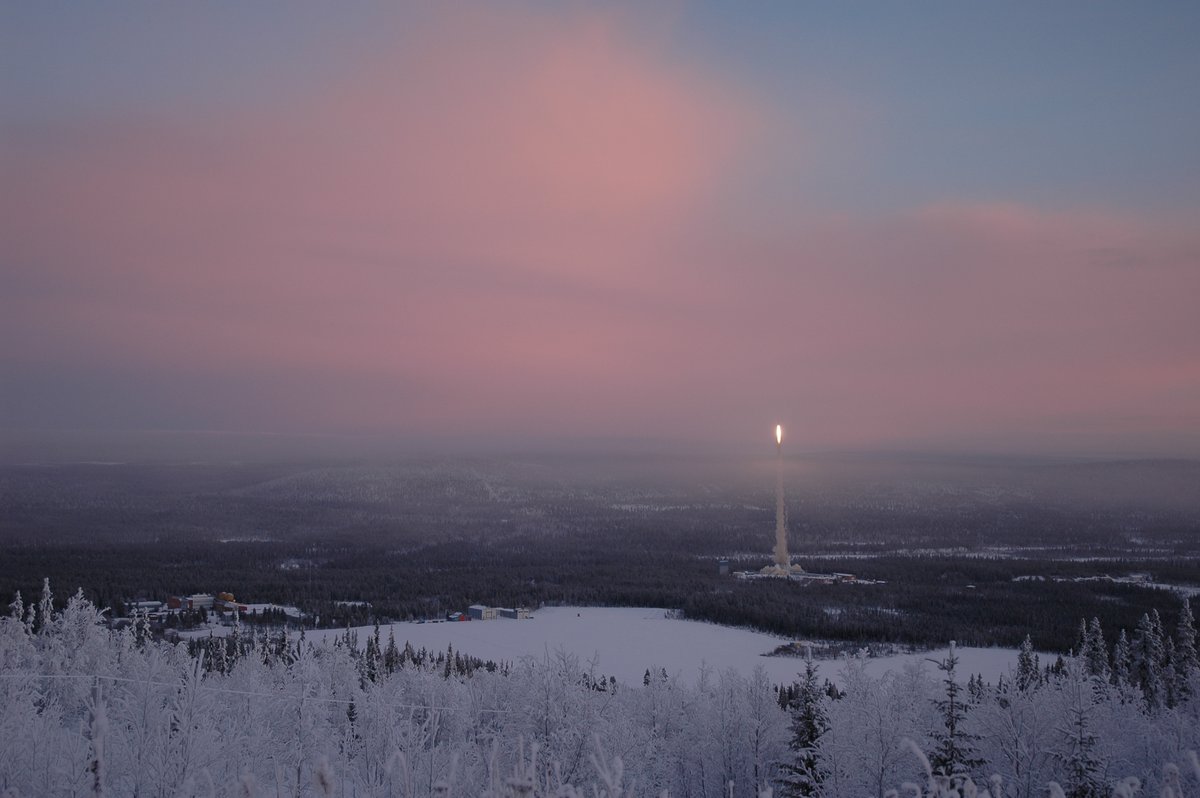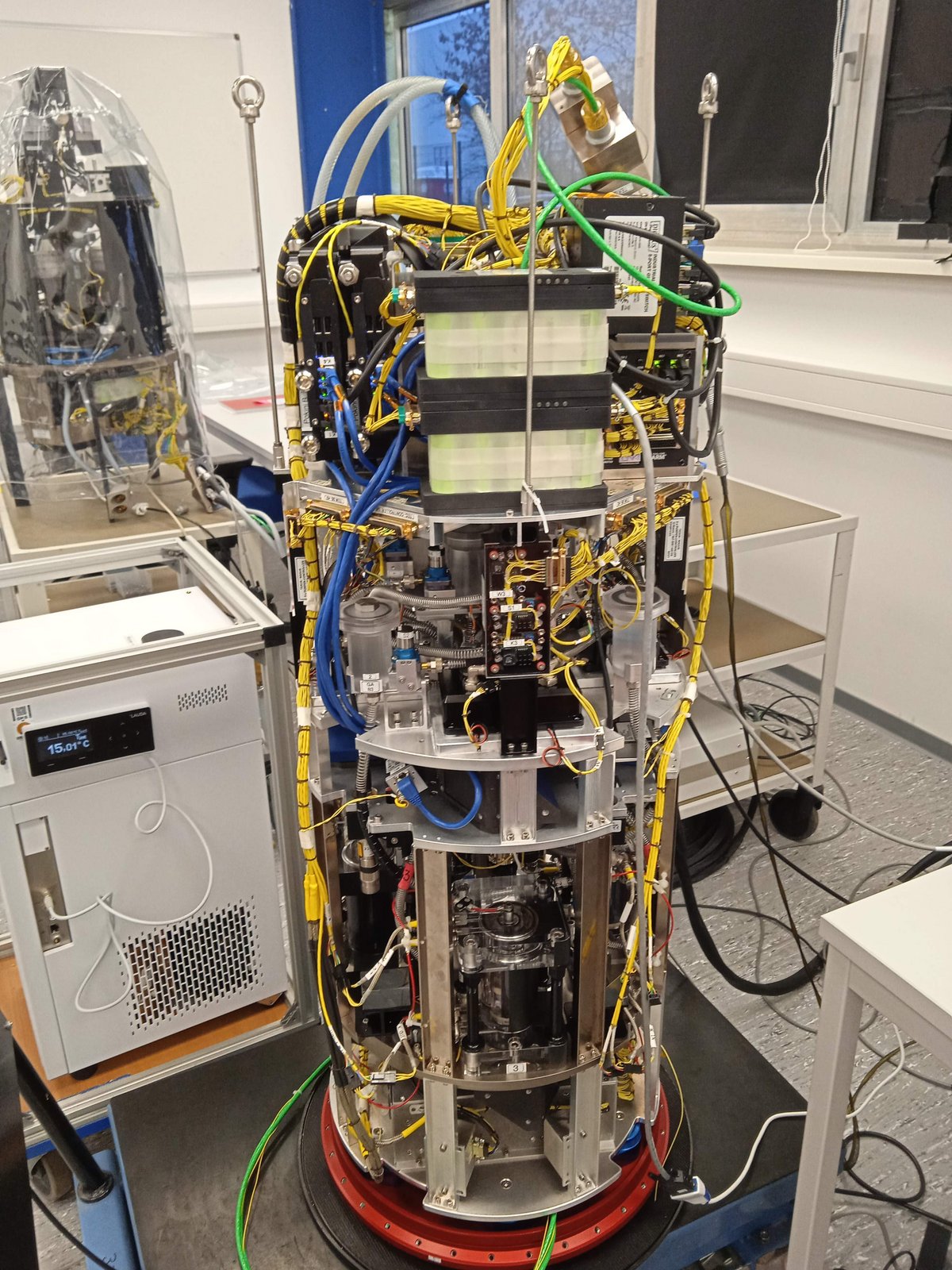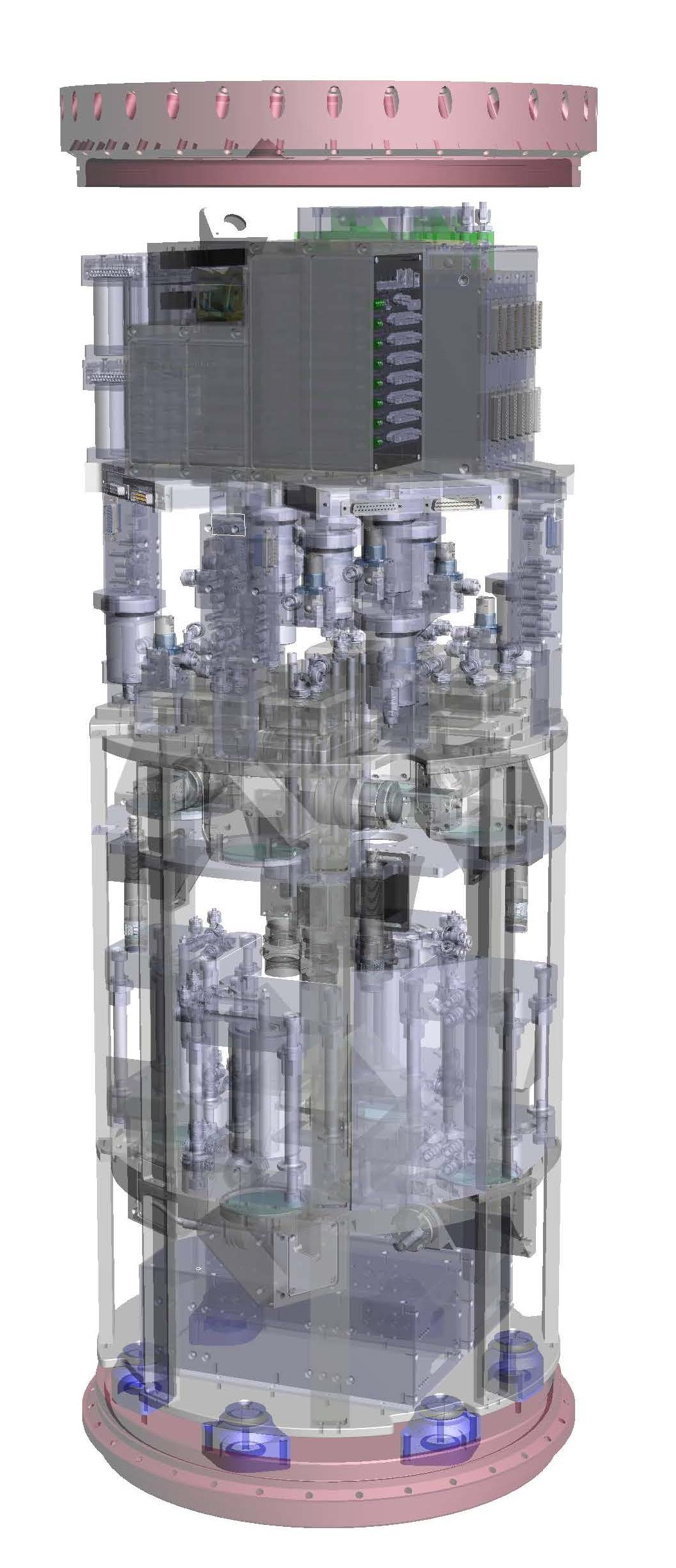Flow research at altitudes of up to 250 kilometers
As one of four German teams, scientists Dr. Martin Meier and Dr. Vasyl Motuz, together with Prof. Dr.-Ing. Christoph Egbers, will begin their journey from Bremen to Kiruna in northern Sweden on Sunday, February 13, 2022. There, the researchers will accompany the launch of a sounding rocket that will enable biological, material science and physical investigations under space conditions as part of the TEXUS (Technological Experiments under Weightlessness) science program. On board this year, in addition to three other experiments from physico-chemical and biological research, is a module of the BTU project "TEKUS - thermoelectric convection under weightlessness". The project focuses on thermal convection in a cylinder gap geometry under the influence of a central electric force field. While the investigations on Earth are superimposed by gravity-driven flow motions, the scientists can observe the effects under weightlessness without this influence and compare them with computer models.
After 12 successful experimental campaigns on thermoelectric convection in free fall during parabolic flight missions in France so far, this is now the first mission in a high-altitude rocket. Prof. Christoph Egbers, holder of the Chair of Aerodynamics and Fluid Mechanics at BTU Cottbus-Senftenberg, is proud of this and says: "During the rocket flight, our thermoelectric flow experiments can take place in near-weightlessness conditions for about 18 times longer than parabolic flights allow. This significantly increases the quality of the experimental results. The possibility of our experiment flying along as one of four experimental setups is very significant for our research. Using a combination of two optical measurement techniques, shadowgraph and particle image velocimetry (PIV) measurement techniques, we can visualize and characterize the flow field."
The BTU TEXUS experiments are funded by the German Aerospace Centre, DLR.
About the experiment
The "TEKUS" project is investigating the influence of an electrohydrodynamic force field on heat and mass transfer in a cylindrical gap. The cylinder gap is formed between two vertical tubes placed inside each other and is bounded at the top and bottom by cover and bottom plates. The gap is filled with an electrically non-conductive oil. While the inner tube is heated, the outer tube is cooled from the outside. The temperature difference results in a base flow. If the temperature difference increases, the basic flow takes on new forms, and the heat transfer between the inner and outer tubes is increased. If a force field in the form of an applied alternating voltage now acts on this system, an electrohydrodynamic force effect is created. Under earth conditions, this artificial force field disturbs the stability of the buoyancy flow and can enhance the heat transport. However, under microgravity conditions, such as those encountered in parabolic flight, the lift flow becomes negligible. The force field set up by the high voltage is then the only decisive factor for the emergence of flows in the cylinder gap, which can take on a variety of pattern up to turbulent flows. These flow pattern - and thus also the heat transport between the inner and outer tubes - can be controlled with the level of the electrical voltage.
Contact
Aerodynamik und Strömungslehre
T +49 (0) 355 69-4868
christoph.egbers(at)b-tu.de
Press contact
Stabsstelle Kommunikation und Marketing
T +49 (0) 355 69-3206
marita.mueller(at)b-tu.de



